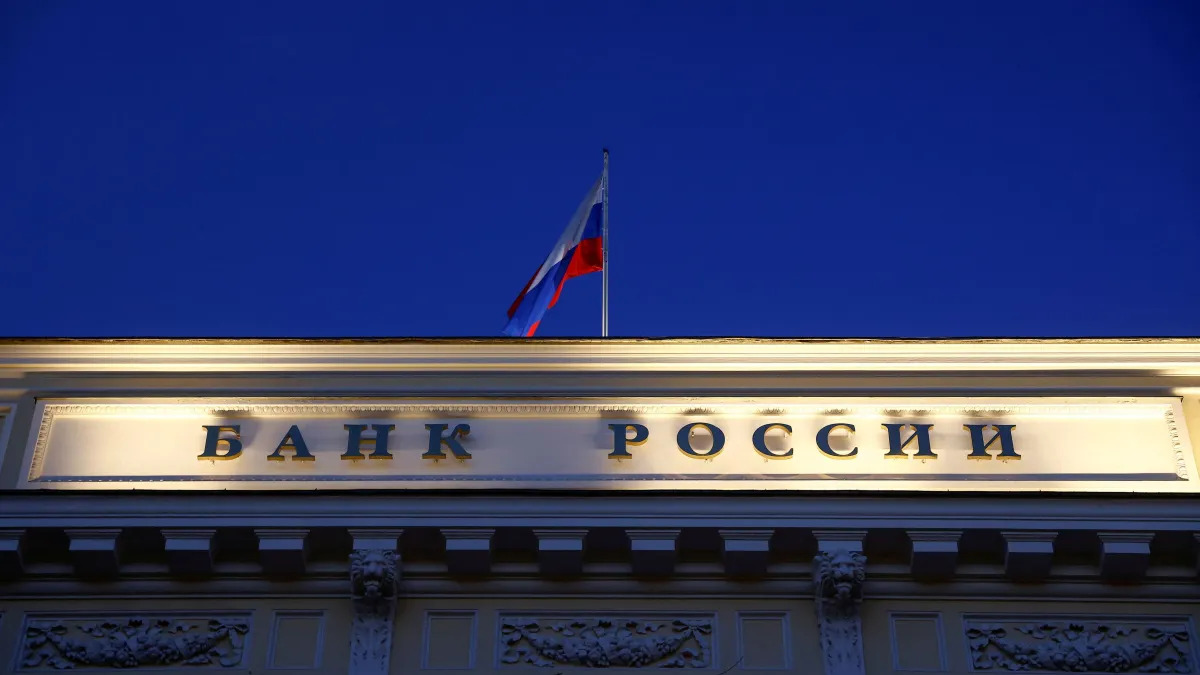Russia’s Central Bank (RCB) has increased its interest rate by 350 basis points to 12%, marking its highest level since May 2022.
This decision aims to counteract the ruble’s depreciation and ensure price stability.
In a recent statement, the RCB highlighted a surge in inflationary pressures. As of August 7th, the yearly inflation rate rose to 4.4%.
Over the past three months, an average deseasonalized price growth was recorded at 7.6% annually.
The regulator pointed to a rising domestic demand outpacing production capacity as a significant factor, intensifying inflationary pressures and impacting the ruble’s exchange rate due to increased import demand.

The Central Bank warned that if the current price growth rate persists, there’s a “substantial risk” that inflation will exceed its 2024 target of 4%.
The ruble’s value has been under pressure for several reasons, including political instability, a growth in imports, a drop in exports, and Western sanctions linked to the conflict in Ukraine.
The currency has depreciated over 27% in the first seven months of this year alone.
The ruble’s decline began around the time of an unsuccessful armed rebellion in late June led by Yevgueni Prigozhin, the head of the Wagner Group.
By Monday, the currency’s exchange rate hovered slightly above 100 rubles per dollar.
Its lowest point was on March 10, 2022, two weeks post the onset of the Ukraine conflict, where it dropped to 121.5 rubles per dollar.
Bloomberg has ranked the ruble among the world’s three most unstable currencies, alongside the Turkish lira and the Argentine peso.

